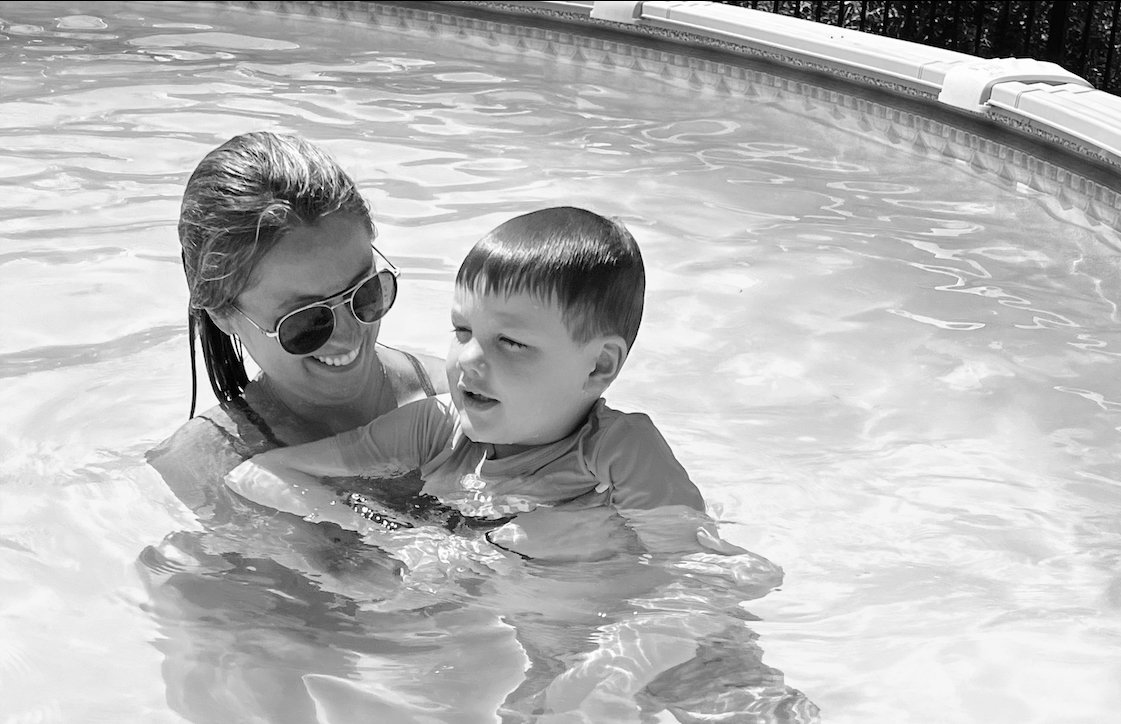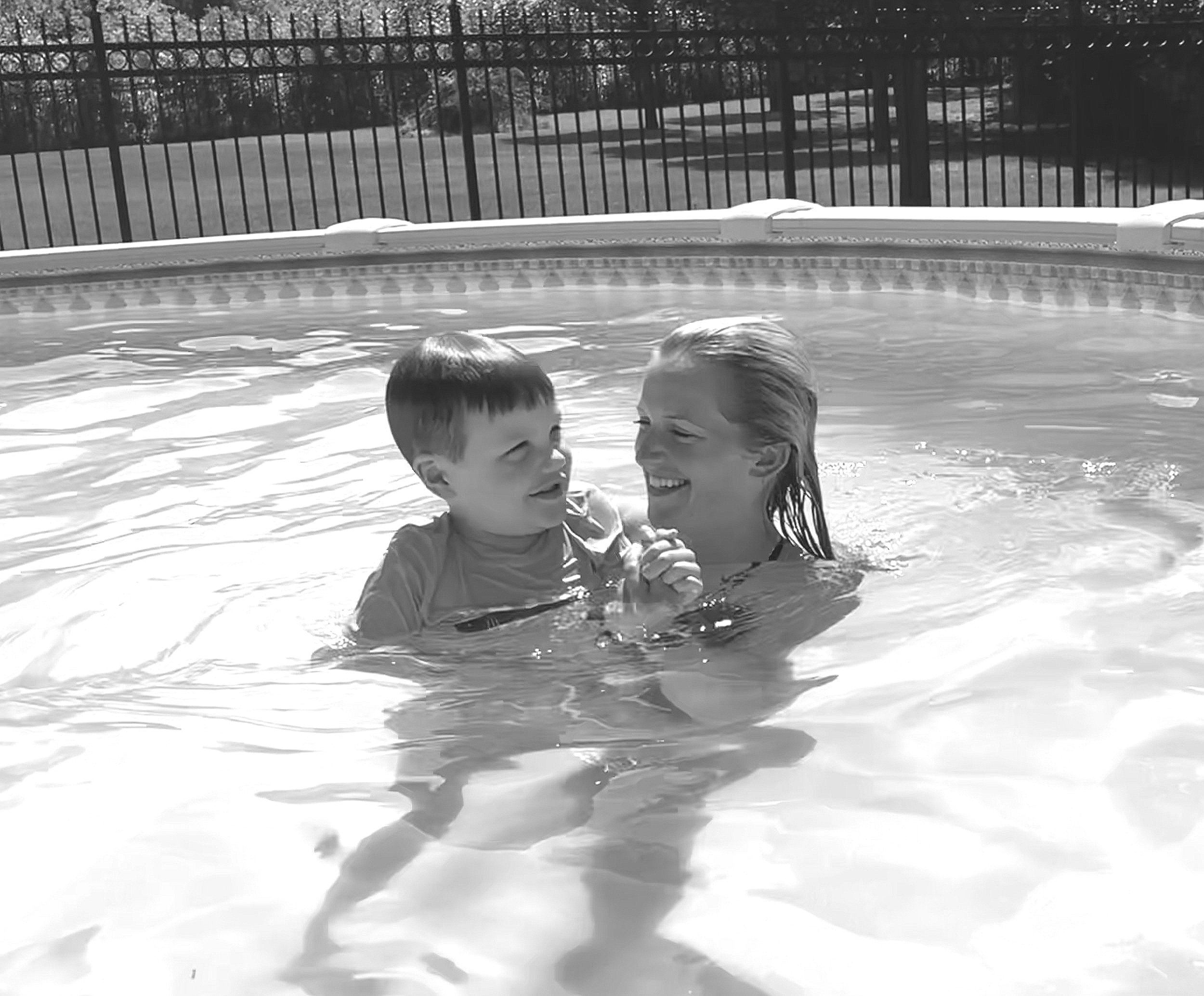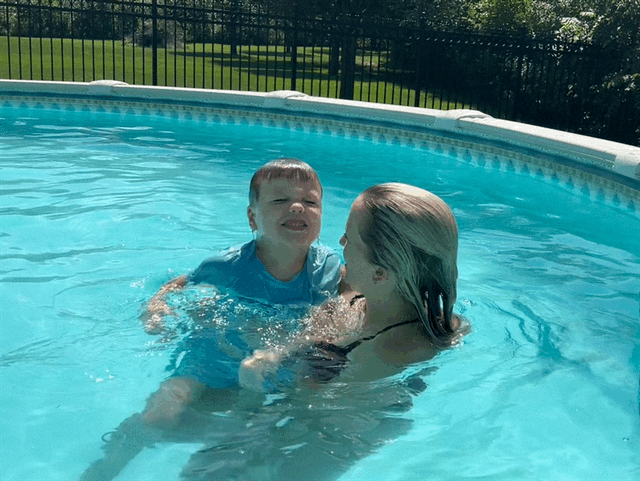WHY WE DO IT
According to Columbia University’s Mailman School of Public Health, children with autism are 160X as likely to die from drowning as the general pediatric population.
With our passion for working with children with special needs on communication skills along with our background in water activities/sports, we had the idea to combine this expertise in a way that would provide maximal benefits to our clients by addressing two major areas for growth at once.
According to Dr. Guohua Li, the founding director of the Center for Injury Epidemiology and Prevention at Columbia, “Given the exceptionally heightened risk of drowning for children with autism, swimming classes should be the intervention of top priority. Once a child is diagnosed with autism, usually between 2 years and 3 years of age, pediatricians and parents should immediately help enroll the child in swimming classes, before any behavioral therapy, speech therapy, or occupational therapy. Swimming ability for kids with autism is an imperative survival skill.”
HOW WE DO IT
-
Week 1 / Evaluation
Day One is all about building rapport and conducting a comprehensive speech and language evaluation to determine your child’s communication abilities. To follow is a brief play session in the pool to determine their comfortability in the water.
-
Week 2-11/ Therapy
Our therapy technique ensures each child will have unique and individualized goals to best suit their needs. By beginning each session with a warm-up, sensory activity, entering the pool becomes that much easier! Goals may include gaining competence in water safety, increasing communication skills, and enhancing language skills.
-
Week 12 / Check-in & Recommendations
Putting everything together: we will take a look at how your child has progressed in the water. Then, we will end the session with a conversation about recommendations for continuing services, resources available, and any comments or concerns you may have.
Benefits
We know the water is extremely motivating for most children, so why not use it in speech therapy? Here are some of the benefits we’ve seen….
Helps navigate their environment
Proprioceptive awareness (the ability to be aware of your body in space)
Vestibular input (the sensation of any change of position or direction of the head)
Regulates and calms the nervous system and body
Increases language
Mind + body connection







